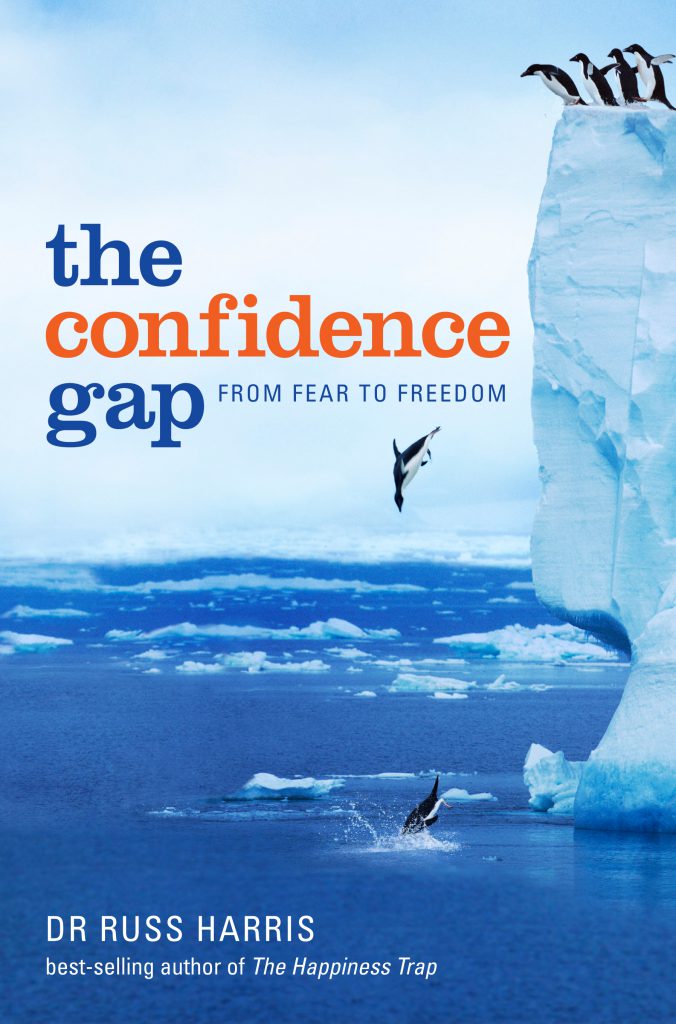 I’ve always had a sense that confidence played a bigger part in things than the textbooks were letting on. Of all the strangenesses of the human mind, “confidence” (yes, with suspicious quotes, too) is perhaps the most interesting to me. I generally have too much of it, which feels great, don’t get me wrong. But “confidence” is also unwieldy. People do amazing and stupid things while intoxicated with “confidence”. And that doesn’t even begin to consider the effects of another body’s “confidence” on us.
I’ve always had a sense that confidence played a bigger part in things than the textbooks were letting on. Of all the strangenesses of the human mind, “confidence” (yes, with suspicious quotes, too) is perhaps the most interesting to me. I generally have too much of it, which feels great, don’t get me wrong. But “confidence” is also unwieldy. People do amazing and stupid things while intoxicated with “confidence”. And that doesn’t even begin to consider the effects of another body’s “confidence” on us.
I put “confidence” in air quotes, because what I’m really referring to is that kind of pompous, somewhat arrogant, and decidedly loud definition. The one I think most people use. It’s the feelings of confidence, expressed through simplistic actions of confidence. Guy feels like he has nothing to fear, and acts like he has nothing to fear, and we all kind of just think he’s an asshole.
But confidence (without the air quotes), like pretty much everything else about us, is nuanced. There are always a lot of contributing factors to who a person essentially is, how they see themselves, and how they present themselves. The Confidence Gap by Russ Harris is a book for the everyday reader, aiming to help us distinguish the shades in confidence. For some to get more of it. For others, perhaps, to stop acting on it foolishly… Hey don’t look at me, I’m great. My mom said so.
Harris is a practitioner of ACT; Acceptance & Commitment Therapy. It’s a type of psychotherapy that tries to help patients accept the unpleasant feelings they have, rather than attempting to eliminate them. The therapeutic response can snowball so people maintain calm through emotional difficulty, calm brings more awareness to the narrative of thoughts and feelings, which helps facilitate a move toward valued behavior.
Most of that came off the wikipedia page for ACT. The actual book doesn’t use words like “therapeutic” too many times. None, in fact. Like I said, it’s for the every day reader and it’s easy follow.
Confidence is heavily influenced by our relationship to ourselves. How we set up our expectations, how we respond to ourselves when we don’t succeed, how we respond to our fear, how we go about building experience, and what we do about the skills in our employ. These are things you have to examine your mind to understand. So, early in, Harris lays the foundational principal that negative thoughts and feelings are not inherently bad. He even goes to say that fear is a great source of energy if it can be harnessed. The idea is to notice and accept the presence of thoughts and feelings, not to try and squash them with denial or ‘positive affirmations’–which are harmful to people who most need help.
“Personal values” also play a foundational role in The Confidence Gap. They are “the desired qualities of ongoing action”. Literally, what you value in your ongoing existence. Harris spends quite a few pages on this with tools to help us discover our values. Things like “being an honest person” or “being a loving father”, as distinguished from things like “Having a big house”, which Harris clarifies is a goal, not a value. The confidence gap is that place where fear and emotions prevent you from acting out your values and pursuing your goals. For example, if fear keeps you from looking for a new job after a layoff, and one of your important values is to provide for your family, you’re in the confidence gap.
Ultimately, Harris says most of us believe “I have to feel confident before I can achieve my goals, perform at my peak, do the things I want to do, or behave like the person I want to be.” It’s bunk, citing Nelson Mandela and others as an example. When his life was at great risk, he inspired a movement with actions of confidence, sans the accompanying feelings. “Of course I was afraid”, Mandela said. Which leads us to the rules.
Harris gives seven rules for bridging the gap and winning “the confidence game”.
Rule 1: Actions of confidence come first; the feelings of confidence come later.
Rule 2: Genuine Confidence is not the absence of fear; it is a transformed relationship with fear.
Rule 3: Negative thoughts are normal. Don’t fight them; defuse them.
Rule 4: Self-Acceptance trumps self-esteem.
Rule 5: Hold your values lightly, but pursue them vigorously.
Rule 6: True success is living by your values.
Rule 7: Don’t obsess about the outcome; get passionate about the process.
To be honest, I think an insightful reader could decipher the meaning of those rules without much exposition and you could imagine how one flows into the others, but Harris goes into plenty of detail. The most interesting one, I think, was the contrast between self-acceptance and self-esteem. Self-esteem is just what you’re thinking of yourself. Self-acceptance is what you’re thinking of what you’re thinking about yourself. We’ll just call that a poetic summary. Negative thoughts are a reality for human beings, we can’t eliminate them. The problem isn’t negative thoughts though, it’s “fusing” with our negative thoughts and seeing them as who we are. Negative thoughts can obliterate your self-esteem. But self-acceptance, on the other hand, sees those thoughts as just something that’s happening and is perfectly natural.
The book was ultimately an excellent read. It’s inspiring, too. Believing that you can do positive things, live by your values, and achieve your goals, is half the battle and a lot of people have given up. They want to be someone who exercises creativity, but they don’t make time. They want to be a hard worker, but they regularly miss meetings. They want to be an honest person, but they lie when situations get tough. When you’re in a state of “fusion” with your thoughts, improving yourself to your own standards seems maddeningly complex, and I think for a lot of people, just having a better picture of how all this mental machinery is working, would make a significant difference, if at least to show there’s a path from a to b.
When mindfulness, values, and committed action come together, they give rise to psychological flexibility, the ability to take effective action, guided by values, with awareness, openness, and focus.

Recent Discussion